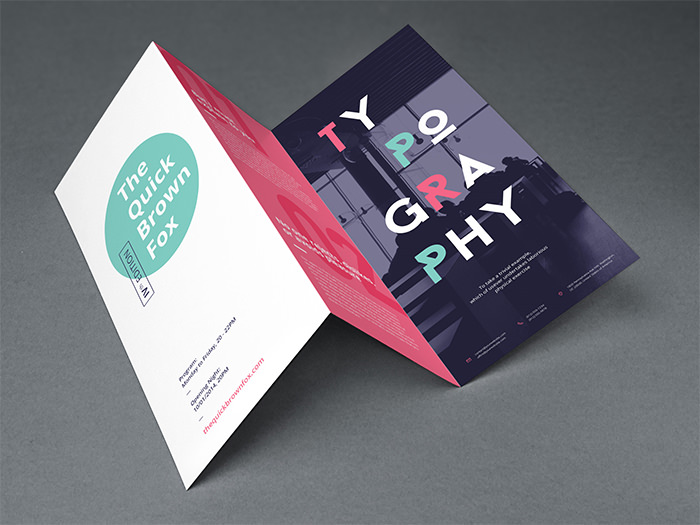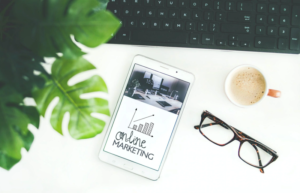Brochures for Start-ups

When you first start out on a new business adventure, budgeting is likely to be at the forefront of your mind. Marketing is something you’ll need to consider to get your business out there and noticed ahead of your competitors. However, it can be an expensive business, meaning as a start-up or small business, you will need to consider what the best method is for your business.
There’s no reason why start-up businesses should miss out on some of the best methods due to budget restrictions – specialists in perfect bound brochure printing, Where The Trade Buys, explain how you can produce brochures that are still beautiful and an effective marketing strategy for your company on a budget.
What to consider when designing your brochure
There are a few tips to keep in mind to ensure you keep your costs down but still achieve a professional finish that was worth your investment.
1. Quality
Whatever your budget, it’s important both to you and for the sake of your company, that the end product looks and feels professional. The quality of your brochure must be good. This can be achieved through a number of factors. The size of your brochure and the way it is finished can influence the way it is received, and of course the cost. Whilst it is tempting to cram as much information onto fewer pages to save money, you don’t want to make your brochure look unprofessional.
Of course, in an ideal world, every business would use the highest paper stock they can afford but you should consider your audience and the purpose of the brochure before making a decision. For an informal brochure, a thinner and cheaper paper stock is the better option – but if you are targeting a high-end corporate conference, you’ll want to invest a bit more money in a better paper stock.
There are several finishes that can be applied to your brochure to give it the professional look you’re after. But it depends on what your brochure is about, and who it is for, as to which finish you go for. Saddle stitched brochures are a sleek way to present your corporate brochure or catalogue to your audience, as they are generally finished with a gloss or silk lamination. The Scodix finish is available for companies who want to make their publication stand out and generally has a minimal difference to the cost. Case bound can be quite expensive, but is the crème-de-la-crème when it comes to top quality. If you have the budget to pull out all of the stops, then case bound is the option to go for. However, PUR is a high-end binding option that is more affordable than case bound – this finish is ideal for pitch documents and coffee table brochures.
One thing you must get right is the accuracy – accuracy costs nothing, unless it’s not taken care off. It can save you a lot of time and money. You don’t want to waste money on unnecessary reprinting because a mistake has slipped through the net. Make sure all design and text have gone through thorough quality checks for spelling mistakes, grammatical errors and just general mishaps. Check, check and check again that everything is correct.
2. Need-to-know information
Keep your message simple – you want people to remember it. You don’t need to invest in a huge brochure to get your message across. Less is often more! This is quite often the case for the copy you include in your brochure. Keep it simple – you don’t want to confuse the reader with too much information. Text should be clear and concise, including all the need-to-know information. This is good for budgeting, as you will save money on fewer pages. But remember to include your company logo, contact details and, of course, your key message – without these your marketing campaign will be a flop.
If you are going for an informal approach with your brochure, you can arrange your text in a quirky way to make your design pop. The design is down to you – but remember it needs to remain clear to read and fit on the pages correctly.
3. Quantity
It is wise to consider how many copies you will need, ahead of bulk printing. Although the more copies you request, the less you pay per copy, you don’t want to pay for copies that will be sat around the office catching dust. It is worth checking the price guides before you place an order to consider if a long run, medium run or short run will be the most cost-effective. Quick buy pricing guides allow you to make an informed decision without contacting the printing company directly – cutting out the middle man.
It’s worth considering that longer runs are generally most suited for handing out brochures at events such as trade shows because they are more cost-effective.
4. Free platforms
With the ride of the digital age, when you’re tight on budget, you might want to consider making your brochure available on digital platforms to allow your audience to download your brochure as a PDF for no additional cost. This way you can have both printed brochures and e-brochures.







